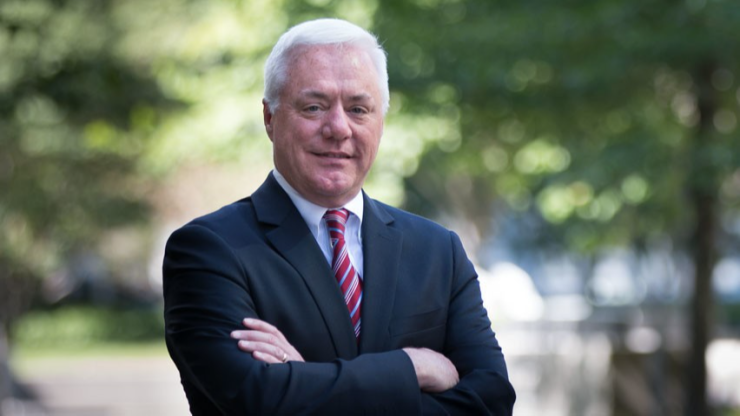WASHINGTON — While other major government initiatives have been delayed or shelved due to the pandemic, the Federal Reserve says it has made substantial headway in the past year constructing the real-time payments system FedNow, and is now more optimistic about when it will launch.
After predicting the service's core clearing and settlement functions would
Kenneth Montgomery, first vice president and chief operating officer at the Federal Reserve Bank of Boston, said in an interview that the Fed has reached important benchmarks on building a clearing and settlement engine, improving security, coordinating with the private sector and working toward having interoperability with other real-time payments networks.
"In the 15 months we’ve been at this, we have made considerable progress and achievements in terms of getting the product to market, and all during a pandemic," Montgomery said.

Of course, the work on FedNow comes amid much criticism that the U.S. should have already adopted a standardized faster payments system years ago. The Fed's effort trails the development of the private sector's RTP network, operated by The Clearing House since 2017.
FedNow is the Fed’s “top program priority,” a status that has afforded the project the resources needed to advance the timeline, said Montgomery.
“We're taking this milestone-based approach, and as we started to forecast the progress that we're making, we were seeing that we're moving along at a very good pace,” he said.
The Fed announced in 2019 it had decided to enter the real-time-payments business, after years of uncertainty about whether the central bank would develop its own network or instead leave it to the private sector.
When FedNow comes online, any financial institution with an account at one of the Fed’s regional banks will be able to use the service to process payments 24 hours a day year round.
The central bank has long been criticized for not moving fast enough, with many arguing that other countries have been able to build real-time payments systems much quicker and that the Fed risks leaving behind individuals who can’t afford delays in payment processing.
But Montgomery argued that the magnitude of FedNow has made the project a complicated one.
“It's not just a matter of developing a core clearing and settlement engine. It really is having the resiliency, the security, the integration with back-end systems and then the ability to service 10,000 financial institutions across the United States,” he said. “If I compare us to other central banks, if I compare us to other instant payment providers globally, nobody has the scale and reach that FedNow has to achieve.”
And yet, Montgomery said, the pandemic has intensified the need for programs like FedNow to be available for consumers.
"The pandemic ... moved everybody to [being] more digital," he said.
For distributing economic stimulus payments to consumers, Montgomery added, the automated clearing house system "did its job."
"But certainly you can see the use case where if we had instant payments, those payments could have been in people’s bank accounts, and the money available right away for them to use," he said.
Just last week, FedNow announced the 110 organizations selected to participate in the project’s pilot program, which will offer the Fed an opportunity to engage with the industry and gather feedback, Montgomery said. And in the first quarter of this year, FedNow plans to finalize its ISO specifications, an international standard for payments messaging.
Those specifications will “be important for financial institutions, processors and others to understand how to interface and send messages on the system,” Montgomery said.
An important goal for FedNow is to achieve seamless operation alongside other real-time systems in the U.S.
“I think by using the ISO standards, that really becomes the foundation by which we can have interoperability" between payments systems, Montgomery said.
As part of that effort, the Fed is working with The Clearing House to coordinate how the organizations are implementing the ISO standards and identifying where the two parties might be able to reconcile any differences.
However, the Fed has not committed to making FedNow interoperable with other systems by its launch date, conceding that such a process could take longer.
“Our approach is to take a textbook implementation of ISO, so we're going to adhere to the standard very clearly, and then as we look at how we interoperate with others, we'll see what opportunities do we have to make the changes necessary within that standards framework for interoperability,” Montgomery said.
Cross-border payment capabilities may also be a feature that FedNow adopts in the future, after the initial launch, he added.
Before its launch, FedNow will also need to devise a pricing structure, which will need to ensure that the service can recover the network’s development costs. The Fed does not yet have an estimate for the ultimate cost of the system, Montgomery said.
“We do have to recover our costs over the long run, so our pricing strategy will take that into consideration as we move that forward,” he said.
But despite the decisions that have yet to be finalized, financial institutions looking to adopt a real-time settlement service through FedNow should already be preparing for the launch, Montgomery said.
"Institutions ... have to understand what it’s going to take for them to cut over and what is the time frame for that," he said.





